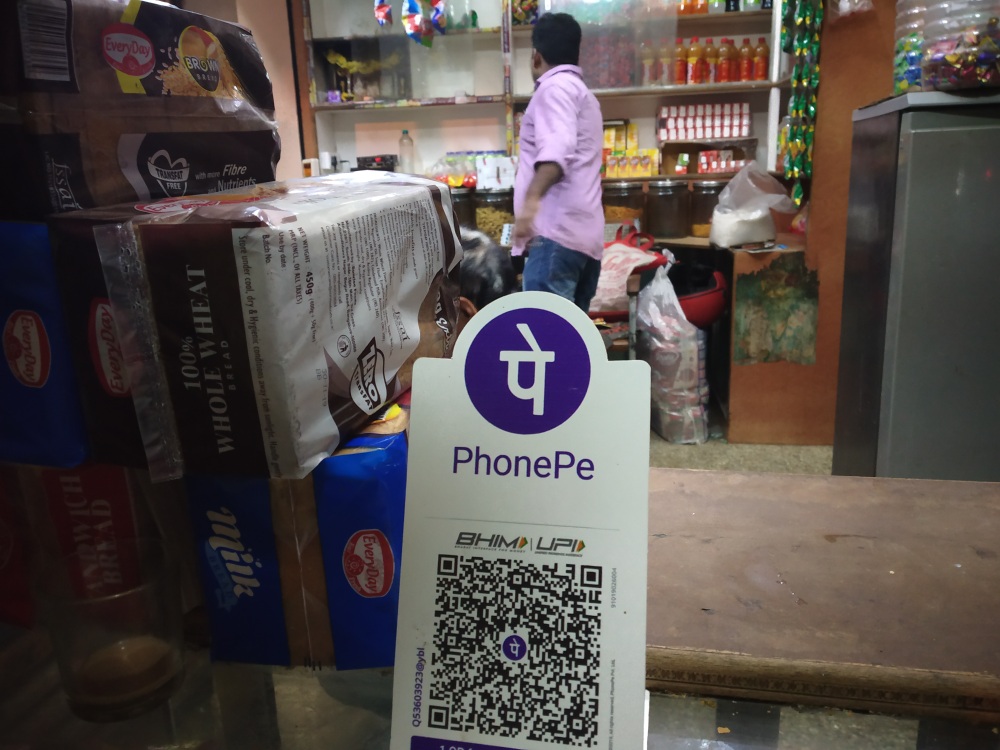While the world have been promoting Bitcoin and blockchain-based cryptocurrencies for more than a decade, claiming that they will revolutionise global commerce. Instead, Bitcoin ceased to exist as a digital currency a long time ago, and it is now nothing more than a speculative asset with a value that has recently plummeted from $60,000 to less than $20,000. While these same charlatans are currently promoting a mythical Internet world called Web3, India is rushing to implement what the crypto community had promised, with its Unified Payment Services (UPI).
Lyra Network, a French company, has just announced that it will implement UPI. UPI’s entry into the European Union is merely its most recent international expansion. UPI is an alternative payment system designed to be secure, dependable, and interoperable among various payment companies. In Singapore, Malaysia, Thailand, the Philippines, Vietnam, Cambodia, and Bhutan, merchants accept UPI payments through QR-code payment systems. The National Payments Corporation of India is currently in negotiations with Australia to integrate UPI with New Payments Platform, Australia’s own nascent fast payment rail.

The widespread adoption of UPI abroad is due to the fact that it has been demonstrated to be effective for a very large population. In addition, UPI has an open protocol on which other technologies can be built, resulting in a much larger and more useful network than its rivals in the financial payments industry. By facilitating precisely what blockchain was intended to do — eliminating intermediaries and fostering greater competition — UPI could accelerate the development of payment technology on a global scale.
EXPLAINED: Working of UPI
This is part of a growing trend of critical technologies emerging from regions other than the traditional innovation hubs of the West. China and India have gone from having few valuable startups to having dozens of unicorns with billion-dollar valuations. Furthermore, it is common knowledge that Asia is typically ahead of the West in mobile application and payment innovation. China is essentially a cashless society, but payments are dominated by two super-applications that stifle innovation and pose significant privacy risks.
With the Aadhar digital-identity programme, which has increased economic inclusion for hundreds of millions of its citizens, and the UPI commercial platform, India has the ability to democratise e-commerce and rein in the monopolising technology companies. UPI’s raison d’être is predicated on the development of a neutral, low-cost, and accessible marketplace and commerce platform. To promote healthier competition, the Reserve Bank of India has judiciously imposed market share restrictions on UPI payments. This may cause some foreign companies and venture capitalists to cry government interference, but it hasn’t stopped more than 300 banks, dozens of payment applications, and startups from joining UPI, including subsidiaries of many of the largest U.S. technology companies.
Access to secure real-time payments has become an essential component of a more just society. Before UPI, it was almost impossible for the government to reliably send money to the poor due to corruption, bureaucracy, and a chaotic banking system. To date, it is unclear whether UPI has significantly reduced inequality in India, but there are indications of progress. Without a doubt, UPI has provided low-cost access to real-time payments to hundreds of millions of individuals who would have otherwise paid high fees.

UPI’s explosive growth in popularity is the best indication of its utility. In just six short years, UPI transactions have skyrocketed and now exceed $100 billion per month. For over 150 million monthly users, the majority of these transactions occur via mobile wallets and payment applications. The Reserve Bank of India anticipates that UPI-based payments will account for 8% of the country’s GDP in 2025, and the bank and NPCI are currently working to allow consumers to link their credit cards to UPI transactions. UPI is currently utilised for international remittances, undercutting traditional remittance payment rails that charge between 3% and 5% of the total transaction amount.
Due to the fact that UPI transactions are currently free and will eventually cost a tiny fraction of what merchants and consumers pay to move money on private payment systems such as Mastercard and Visa, the UPI payment rails could significantly increase India’s GDP. As for security, UPI was designed to require robust two-factor authentication, making it more resistant to fraud than older systems in wealthier nations.
As a result, while blockchain was the rage in Silicon Valley, UPI has become a global favourite. Facebook, Google, and Walmart have all given UPI a direct or indirect vote of confidence. Payment subsidiaries of all three companies use UPI to assist Indian customers with making payments. Google presented UPI to the United States Treasury Department as an example of a well-implemented set of open payments standards and technology.
Shiny new technologies like blockchain may be cool, but less flashy efforts driving open standards and interoperability are delivering a real revolution that flies under the radar of the tech gurus in Silicon Valley. India is cleverly advancing ahead of the rest of the world.
